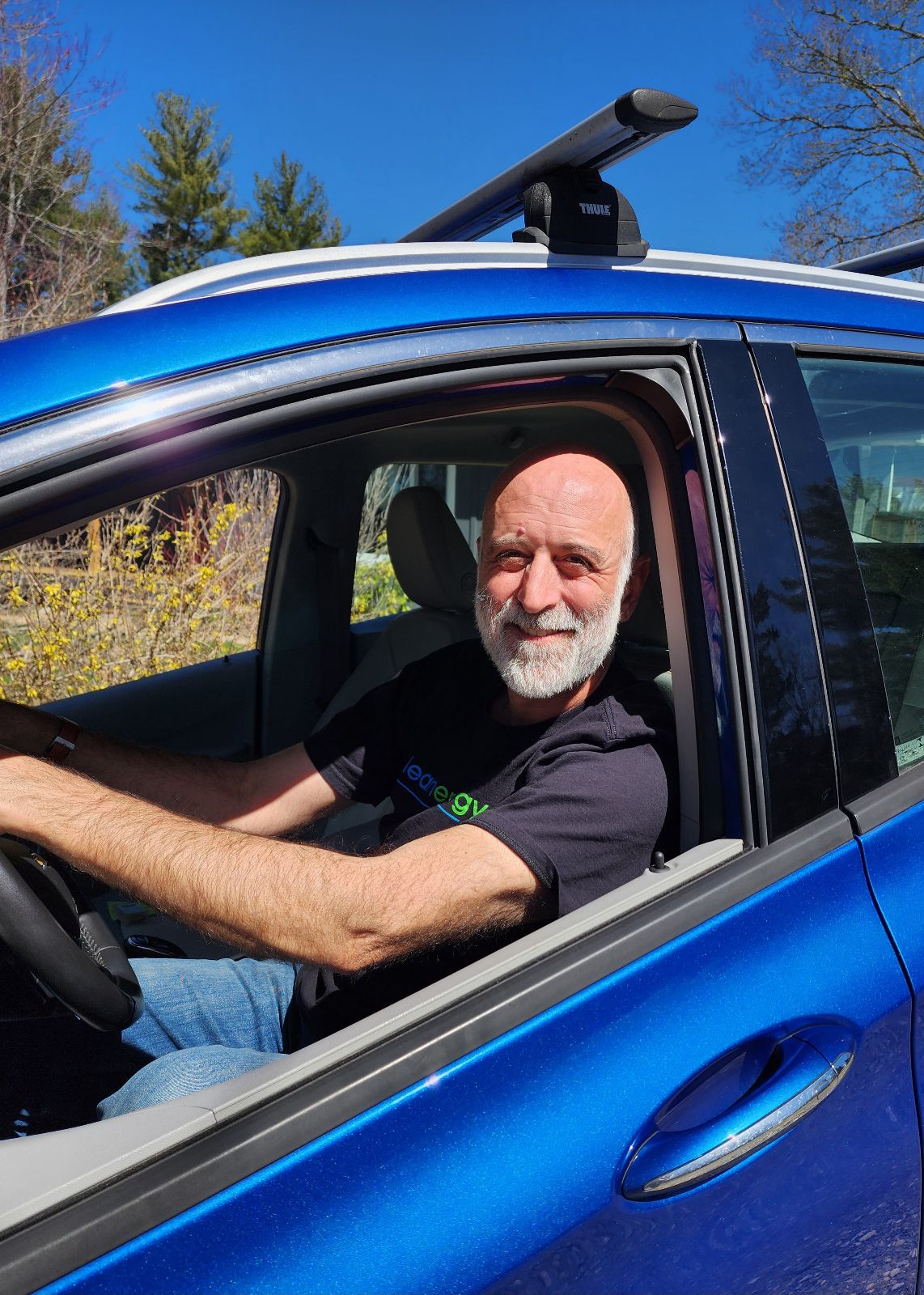The new standards will increase availability of desirable and affordable electric vehicles (EVs), giving new car buyers more choices, but they do not equate to an EV mandate.
Stan Cross | March 29, 2024 | Clean Transportation, Electric VehiclesLast week, the EPA announced new pollution standards for passenger cars, light-duty trucks, and medium-duty vehicles for model years 2027 and beyond.
I am excited to see the EPA do its job under the Clean Air Act by proposing stronger tailpipe emissions standards. The EPA’s new clean car standards will achieve four critical things:
- Give consumers more choices to buy more efficient, lower-cost cars and light trucks, including gas vehicles with better fuel economy, hybrid vehicles that blend gas and electric technologies, and pure electric vehicles
- Address the transportation sector’s contribution to the climate crisis, which is the largest of all economic sectors
- Create jobs and economic development for our nation and the Southeast
- Reduce tailpipe emissions to protect public health, especially in communities overburdened by air pollution
Despite what you may have heard, the standards do not mandate EVs. Automakers can and will continue to make gas cars and trucks, albeit more efficient ones, and consumers can continue to buy them.
This is not to say that the new clean car standards aren’t historic and significant – they are the most extensive administration action ever taken to address the climate crisis, and will urgently move us toward a cleaner and more prosperous transportation future. In fact, by 2032, the EPA estimates that these standards will result in a 50% reduction in light-duty vehicle climate pollution and a 44% reduction in medium-duty vehicles.
History has shown that industries, including transportation, do not protect human and environmental health well when left to their own devices. That’s why Congress has passed landmark environmental laws, such as the Clean Air Act, authorizing federal agencies to set and monitor standards to keep people and the ecosystems we depend on safe. The new clean car standards are the latest example. They will encourage automakers to produce and sell cleaner, more efficient cars and light trucks, including EVs, to improve the air we breathe and protect the stable climate we depend on.
The bottom line is new and used car buyers will have more and better choices.
The new clean car standards will increase the availability of desirable and affordable electric car and light truck models, giving new vehicle buyers more choices. On top of increased choices, Inflation Reduction Act (IRA) tax credits provide consumers upwards of a $7,500 rebate to support new EV purchases. The uptick in new EV purchases will, in turn, accelerate the used EV market, where two-thirds of Americans buy vehicles, and where IRA provides consumers upwards of a $4,000 rebate.
Spurring the EV transition will benefit American workers beyond consumer choice.
These new standards coincide with EV, battery, and supply chain manufacturing incentives in IRA that will financially support automakers, battery producers, and supply chain companies in transitioning from internal combustion to electric transportation. Thanks to IRA’s made-in-America requirements tied to incentives, the EV transition is bringing manufacturing and jobs back to America.
Look no further than Southeast’s EV and battery manufacturing investments and jobs boom. The region ranks #1 in the nation for EV-related manufacturing growth. As of December 2023, the region secured $70.8 billion in EV and battery manufacturing investments, representing 41% of the nation’s total investments. The investments are anticipated to deliver 69,920 new quality jobs, accounting for a third of the EV and battery manufacturing jobs created nationwide.
Southeast Electric Transportation Indicators as of December 31, 2023

In addition to manufacturing jobs, the Bipartisan Infrastructure Law provides nearly $680 million for EV fast charging station deployments across the Southeast under the National EV Charging Infrastructure program, creating new jobs for electricians in every state and providing consumers with accessible and reliable public charging.
No other sector in the Southeast is and will continue to deliver as many new economic development opportunities as transportation electrification. In fact, states across the nation are benefiting from EV investments and jobs; to date, $176 billion has been invested in 433 facilities expected to employ 228,000 workers nationwide. This is why the final clean car standards won the support of the Alliance for Automotive Innovation, which represents the auto industry, and the United Automobile Workers, which represents union labor.

I am an early adopter of pure electric vehicles and have benefited from having access to EV ownership. Over the past decade, I’ve driven EVs 150,000 miles, saving over $11,000 by driving on affordable electricity instead of expensive gas. Plus, knowing I’ve reduced my transportation climate footprint by 69% feels good. I celebrate the EPA’s new clean car standards, which, in tandem with IRA, address the climate crisis, create jobs, improve public health, and give all consumers, including you, more choices to access cleaner, lower-cost mobility.
SACE’s Electrify the South program leverages research, advocacy, and outreach to accelerate the equitable transition to electric transportation across the Southeast. Visit ElectrifytheSouth.org to learn more and connect with us.